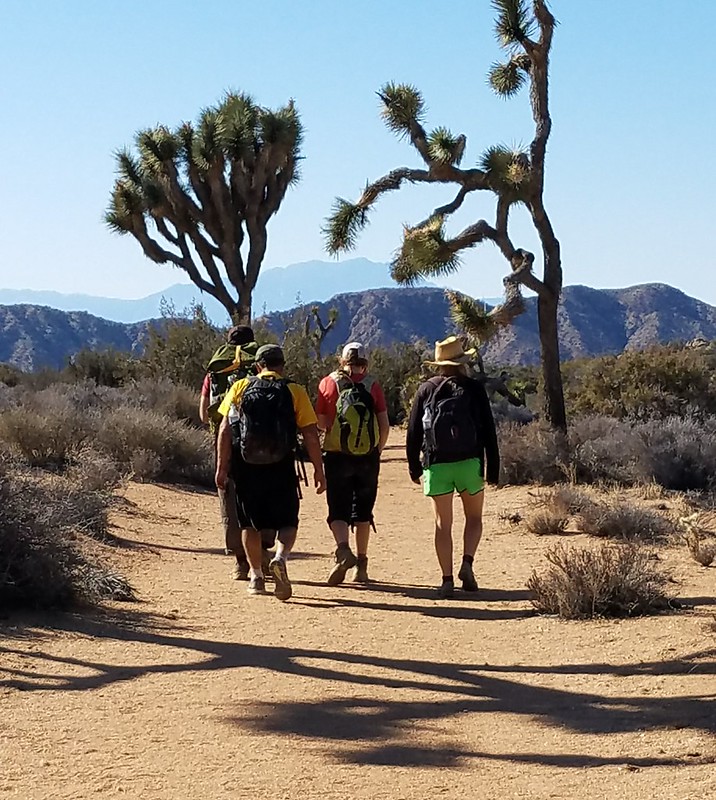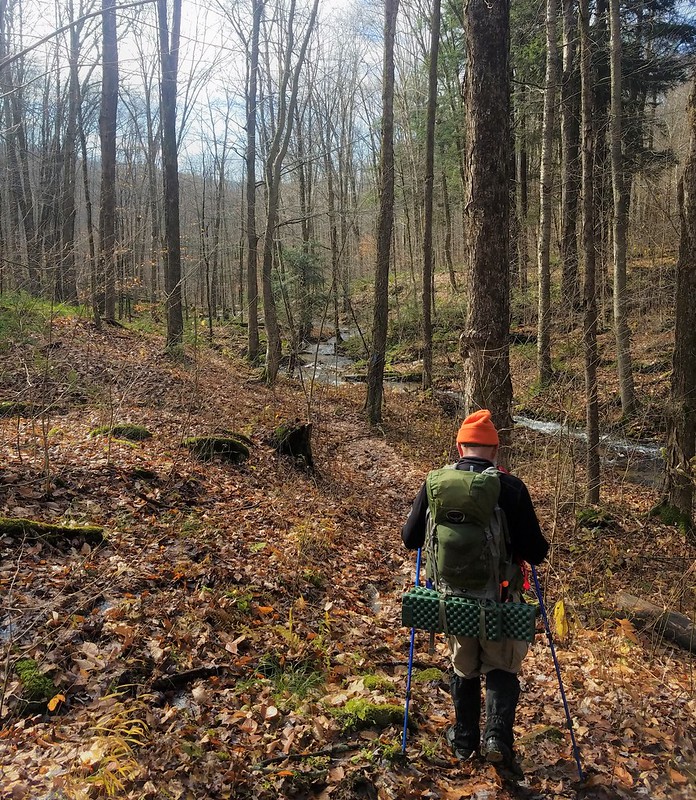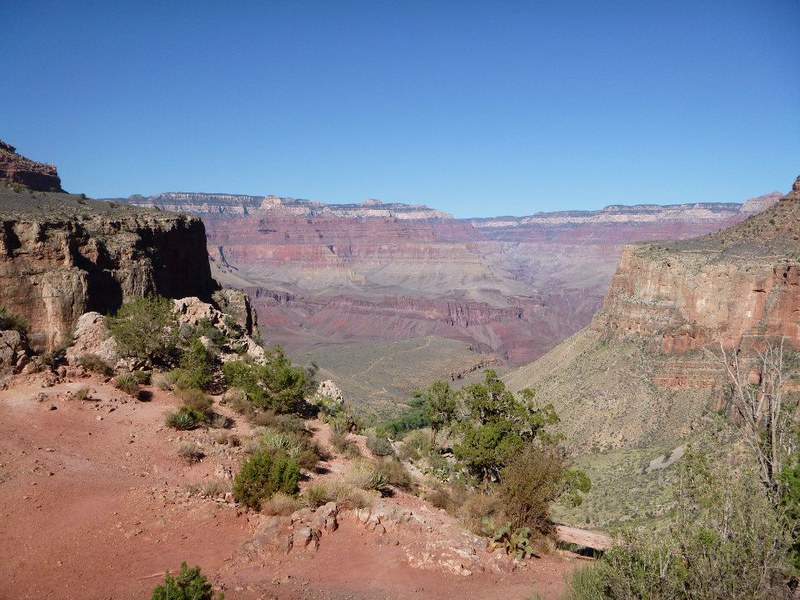When I was fresh out of college, I worked on a trail crew in Arizona. During that time, I spent ten days working the most heavily trafficked trail on the South Rim of the Grand Canyon, the Bright Angel Trail. We walked the two-and-a-half to three miles down every morning and back up in the late afternoon, winding back and forth on a brutally steep climb of switchbacks, breathing hard and waving to people taking a break who had passed us on their hike up back when we were still eating lunch. The Grand Canyon is deceptively beautiful on the meandering hike down, but when you turn around and head back up, those switchbacks require you to know your body’s capabilities. It also requires some planning ahead, because the only way you are getting out of that canyon are your own two feet, or a helicopter.
I saw a spectrum of preparedness among hikers on that trail. There were hikers on their way up from the bottom with a full set of gear, people in day packs going to the three-mile point and back, and others with flip flops and a single plastic water bottle between the four of them. Those last people were the ones I worried about most. I have passed people in flip flops or without water on strenuous hikes across the country and every time, I worry. Are they going get severely dehydrated? What if they trip and break something? In the end, everyone gets to make their own choices with the information they have, so unless it is your job to advise them or they seem unwell, let them hike their own hike. However, that doesn’t always stop my brain from going to the worst-case scenario.

With the spread of this novel coronavirus, planning ahead is especially important. Get outside, lose yourself in nature for a bit, soak up that sunshine, but do so responsibly and with forethought. Accidents happen but getting injured now places more stress on our already strained healthcare system, so doing our very best to avoid hurting ourselves on a trail or needing a rescue is for everyone’s benefit.
Many are taking this time to slow down, enjoying the experience of being present in nature by exploring their local trails and parks, but not everyone has this option right next door, and some are looking for a little more wilderness. If you do find yourself going to a more remote or less maintained trail, there are always things you can do to minimize risk, and they are good practices to know even in the calmest of times.
There is a list called the “Ten Essentials” that was compiled by an organization called The Mountaineers and has been continually modified and referenced to this day. It exists to help hikers prepare for emergencies when entering a more sparsely populated recreation area. The items that fall in these ten categories are recommended to have with you every time you go hiking, whether it’s a day hike or an extended trip, whether you have been there a hundred times or it is somewhere new. You may find you need other items in addition to this list or you may need to modify depending on your location, but it makes a great jumping off point for beginner and experienced hikers alike.

It isn’t a strict list of items you must bring, but instead a compilation of systems to keep you safe. They include navigation such as a map and compass or a GPS, a light such as a head lamp or flashlight in case you get stuck out after dark, some sort of multitool or knife, and, of course, a first aid kit. The Ten Essentials also call for extra food and extra water; bring more than you think you need. Sun protection like sunscreen, hats, and sunglasses are suggested along with extra clothes and insulation depending on the area. In April, it’s a good idea to bring rain gear and maybe some extra layers for warmth. The final two are a fire starter, such as matches or a lighter, and an emergency shelter or bivy sack. That last one is the one most of us, including me, are guilty of leaving behind. Not everyone has this on hand and if you are going on a familiar day hike, it is less likely to be needed. But if you often hike difficult or poorly marked trails where the risk of injury or getting lost is there, it’s a good idea.
Along with preparing your backpack and planning your route, try to leave minimal trace of your presence in nature by packing out everything you bring in. This one rings true whether you are in the woods or down the street. Some areas do not have trash cans, or they may not be emptied as often as they usually are. Respect the plants and wildlife while you are out there, along with your fellow hikers, by giving them the space they need to feel safe. If you are driving to a state park or wilderness area, choose a less popular trail than the one who’s parking lot is full every day. Along with making it difficult to maintain social distancing on a busy trail, it is important to remember that most of these trails are maintained by volunteer crews or conservation corps that can’t work right now. So limited maintenance may be done on heavily hiked areas to prevent or fix the wear and tear that occurs with human foot traffic and natural erosion from weather and water.
You may choose to hike, play, or simply be still in nature, but however you choose to get outside, just remember to recreate responsibly.
Audubon Community Nature Center builds and nurtures connections between people and nature. ACNC is located just east of Route 62 between Warren and Jamestown. The trails are still open from dawn to dusk as is Liberty, the Bald Eagle. Though the Nature Center is currently closed, including restrooms, due to COVID-19 restrictions, drive-thru sales are available from the Blue Heron Gift Shop. More information can be found online at auduboncnc.org or by calling (716) 569-2345.


Recent Comments